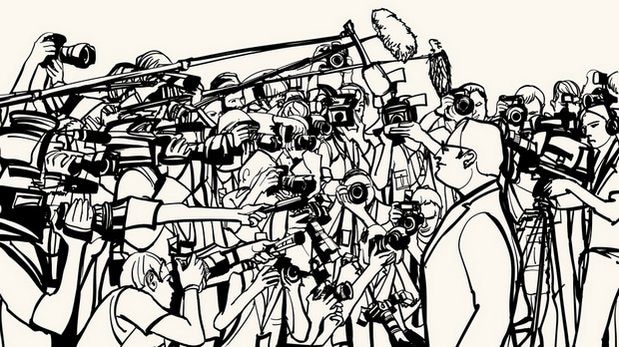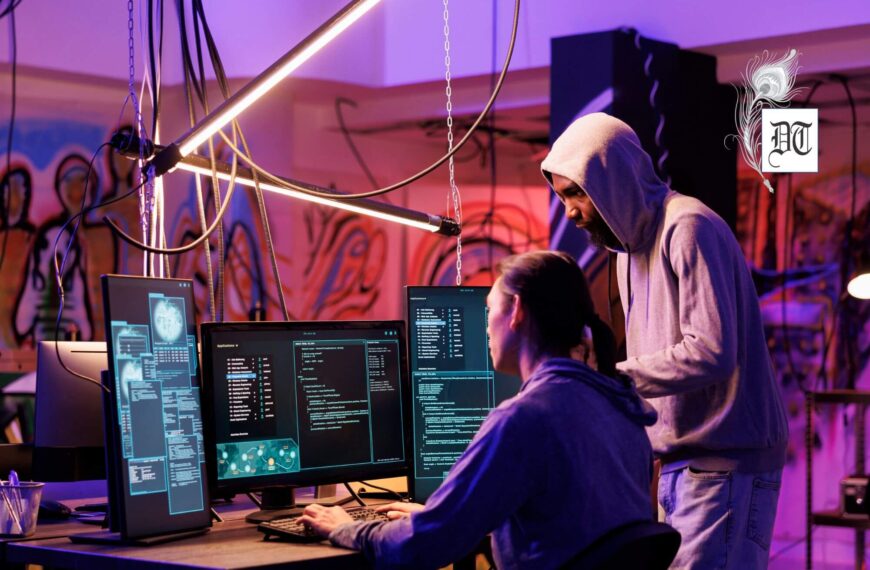Ideologies are basically left of centre and right of centre. Governments are ideological. The judiciary has to be above politics. And media has to walk the tightrope. So, when a left of centre political party and its ideological allies move an impeachment motion against a judge, the ‘independent journalist’ has to stick to straight reportage. Here’s an analysis, for Different Truths.
You are entitled to your own opinion but not to your own facts. That is a truism. But facts coloured by ideology become opinions. Ideologies are basically left of centre and right of centre. Governments are ideological. The judiciary has to be above politics. And media has to walk the tightrope. So, when a left of centre political party and its ideological allies move an impeachment motion against a judge, the ‘independent journalist’ has to stick to straight reportage — the equator of journalism, so to speak.
But ‘Independent Journalism’ is a mirage. A journalist is like the atheist, neither here nor there but has to be either here or there. The best that a journalist can do is to let facts do the talking — present facts and not try to coat them with an opinion.
 Before lining up facts on the impeachment motion against CJI Dipak Misra, a couple of opposing viewpoints: ‘Impeachment is a legitimate step’, as put forward by Congress leader and its legal-eagle Kapil Sibal. Two, ‘impeachment is a political tool’, as articulated by Union Finance Minister and BJP legal-eagle Arun Jaitley.
Before lining up facts on the impeachment motion against CJI Dipak Misra, a couple of opposing viewpoints: ‘Impeachment is a legitimate step’, as put forward by Congress leader and its legal-eagle Kapil Sibal. Two, ‘impeachment is a political tool’, as articulated by Union Finance Minister and BJP legal-eagle Arun Jaitley.
For now, both viewpoints prevail. The ‘facts’, however, are…
- A motion to impeach CJI Dipak Misra has been moved by the Congress and seven other opposition parties, including the CPI, CPM and the NCP
- The motion was signed by 71 Rajya Sabha Members of Parliament, seven of who have retired, and of the 64 left, 50 are Congress RS MPs. A minimum of 50 MPs are required to move an impeachment of a judge motion
- The motion is now with Vice President and Rajya Sabha Chairman Venkaiah Naidu. He has the option to reject it
- Naidu may take his own sweet time to decide. But CJI Dipak Misra retires in October this year. This is the first time a CJI has been sought to be impeached
- For the impeachment to succeed, it will have to be passed by the two-thirds majority in both Houses of Parliament and then ‘assent’ by the President of India
- Numbers do not favour the motion-movers in both houses of Parliament. Getting a two-third majority in either or both of the houses is next to impossible
- There are five charges — instances of misbehaviour — in the impeachment motion against CJI Dipak Misra. However, three of the big ones hinge on “may have been”, “likely to fall” and “appears to have”.
- The Judges Inquiry Act, 1968, mandates that charges in a motion for removal of a Supreme Court judge must be “definite” for an investigation to be initiated. The first charge is the alleged medical admission scam in Prasad Education Trust. The motion-movers say “prima facie evidence suggests that CJI Misra may have been involved in the conspiracy of paying illegal gratification in the case”.
- The second charge relates to the manner in which CJI Misra dealt with the case. The motion says “he (CJI) too was likely to fall within the scope of an investigation” for violating the “first principle of the code of conduct for judges”.
- The third is that CJI Misra “appears to have” antedated an administrative order dated November 6, 2017, which amounted to a serious act of forgery/fabrication.
- The fourth refers to Justice Misra allegedly giving a false affidavit to acquire a piece of land when he was an advocate 40 years ago. The motion says he surrendered the land six years ago after being appointed a judge of the SC.
- The fifth charge echoes the allegation levelled in the January 12 presser held by Justices Chelameswar, Ranjan Gogoi, Madan B Lokur and Kurian Joseph — that “CJI Misra abused his administrative authority as master of roster to arbitrarily assign individual cases of particular advocates in politically sensitive cases to select benches in order to achieve pre-determined outcome.”
In the end, the motion says: “These above-mentioned charges against CJI have brought the judiciary into disrepute. In view of these serious charges and explanatory note on each charge, it is apparent that there is sufficient prima facie evidence for initiation of impeachment (removal) proceedings against CJI Misra.”
Ever since May 26, 2014, and November 2016, media worldwide have got polarised to unprecedented levels. Sections of India’s television media have been cloyingly pro-government and pro-BJP with Republic TV and Times Now leading from the front. Individual journalists either fell in line or were themselves ideologically aligned. It was not for nothing that the four senior-most Supreme Court justices chose to break tradition and hold a press conference. They found many allies in the media.
Politics has veered in such a way after 2014 that it is hard not to choose sides for media and journalists. The journalist had to be an ‘independent left journalist’ or an ‘independent right journalist’. There was no way to be both, neutral. So much so, media stopped short of questioning several statements/observations made by important people; most notably the one that became a refrain: “Democracy is in peril”.
Saturday, April 21, 2018, Yashwant Sinha quit the BJP saying “Democracy is in peril”. The four SC judges uttered those same four words on January 12, 2018. Political parties and politicians have off and on thrown “democracy is in peril” into the conversation and the media echoed them, never once asking: Is democracy indeed in peril? If so, why?
Sushil Kutty
©IPA Service
Photos from the Internet
#DemocracyinPeril #PoliticsOfIndia #JounalistsAndMedia #IndependantJournalism #Media #Impeachment #IndianGovernment #DifferentTruths






 By
By
 By
By
 By
By